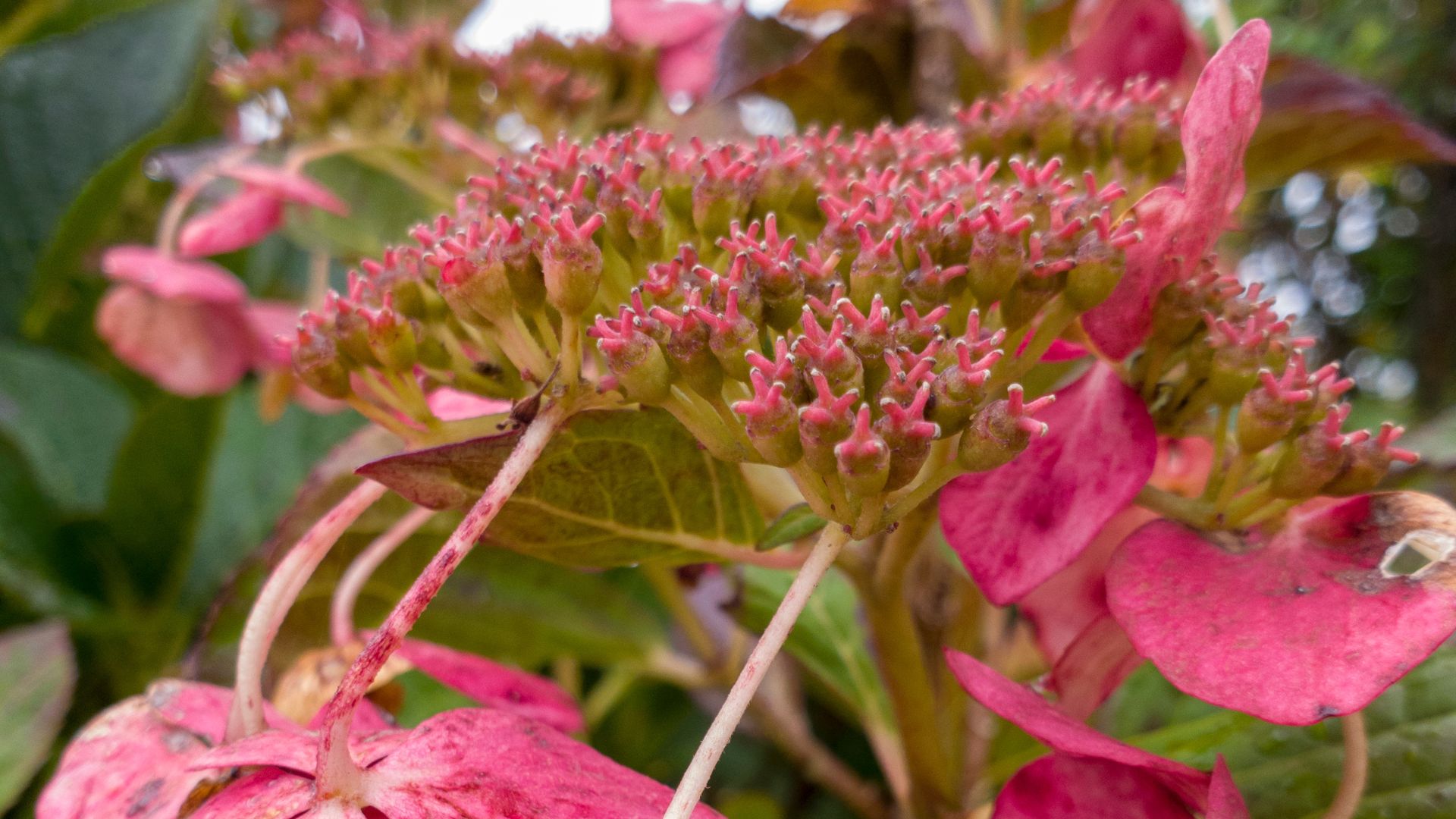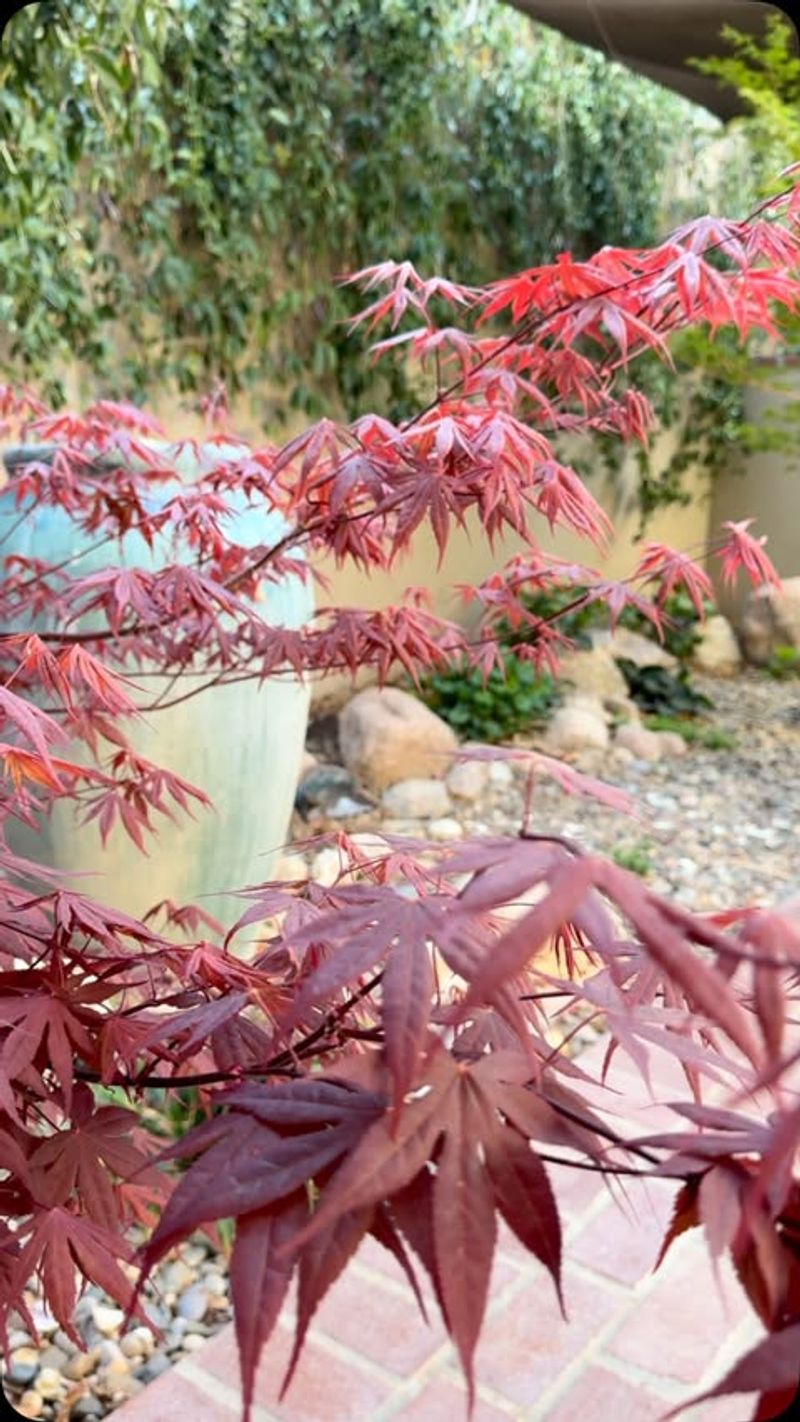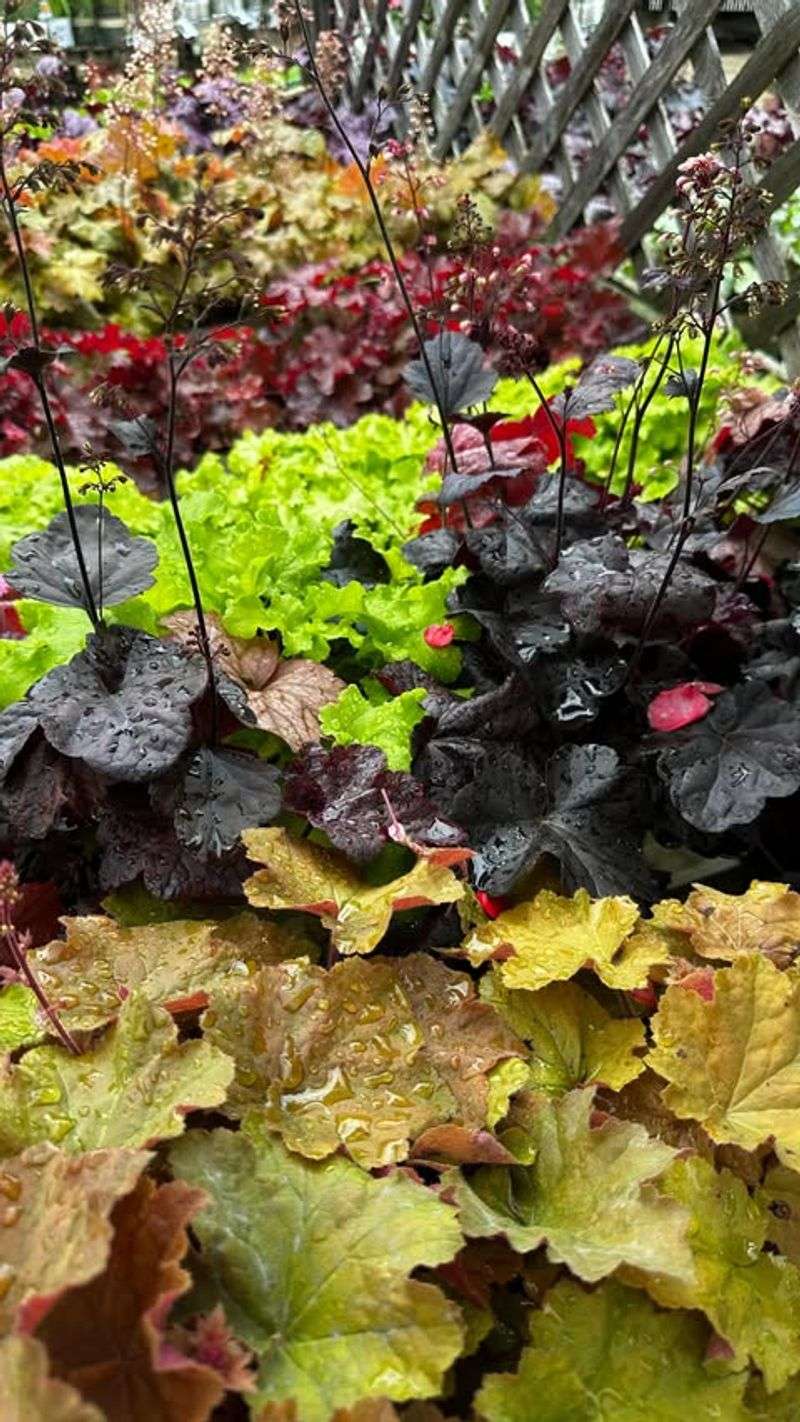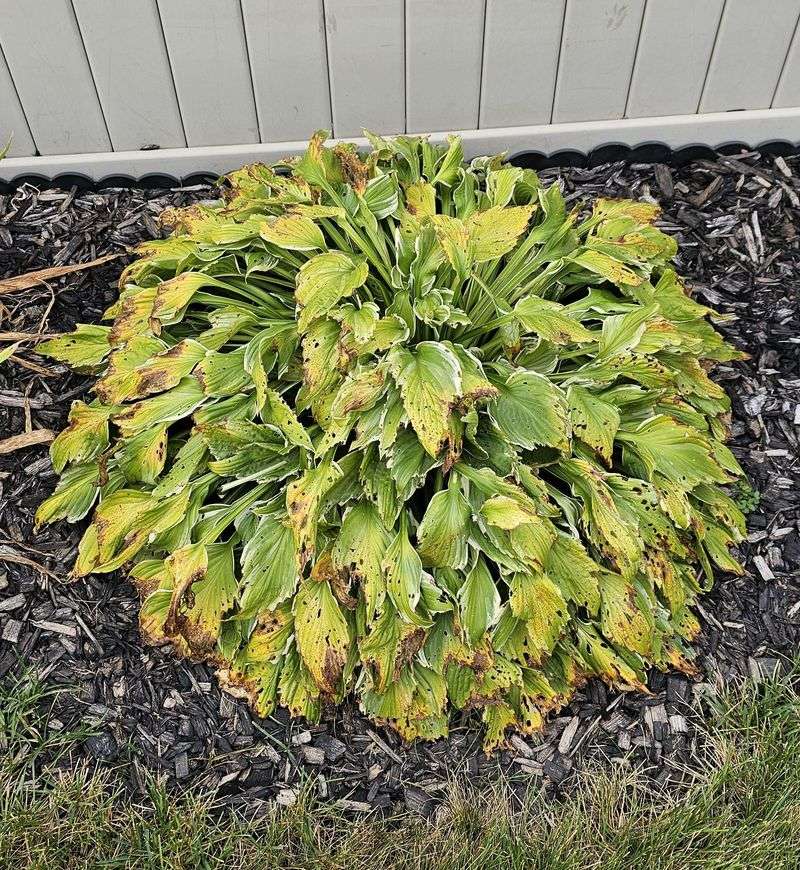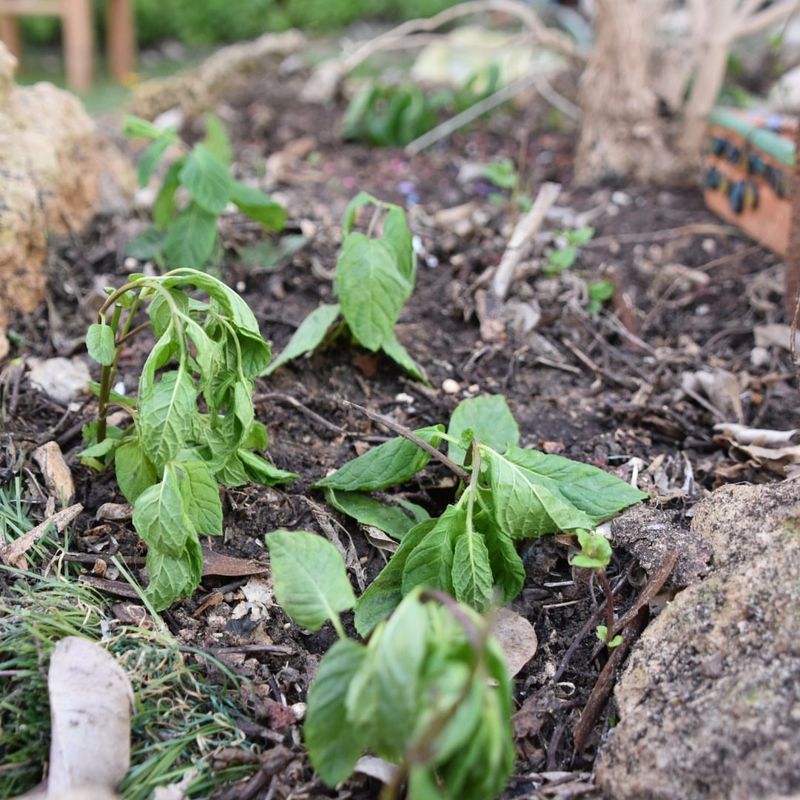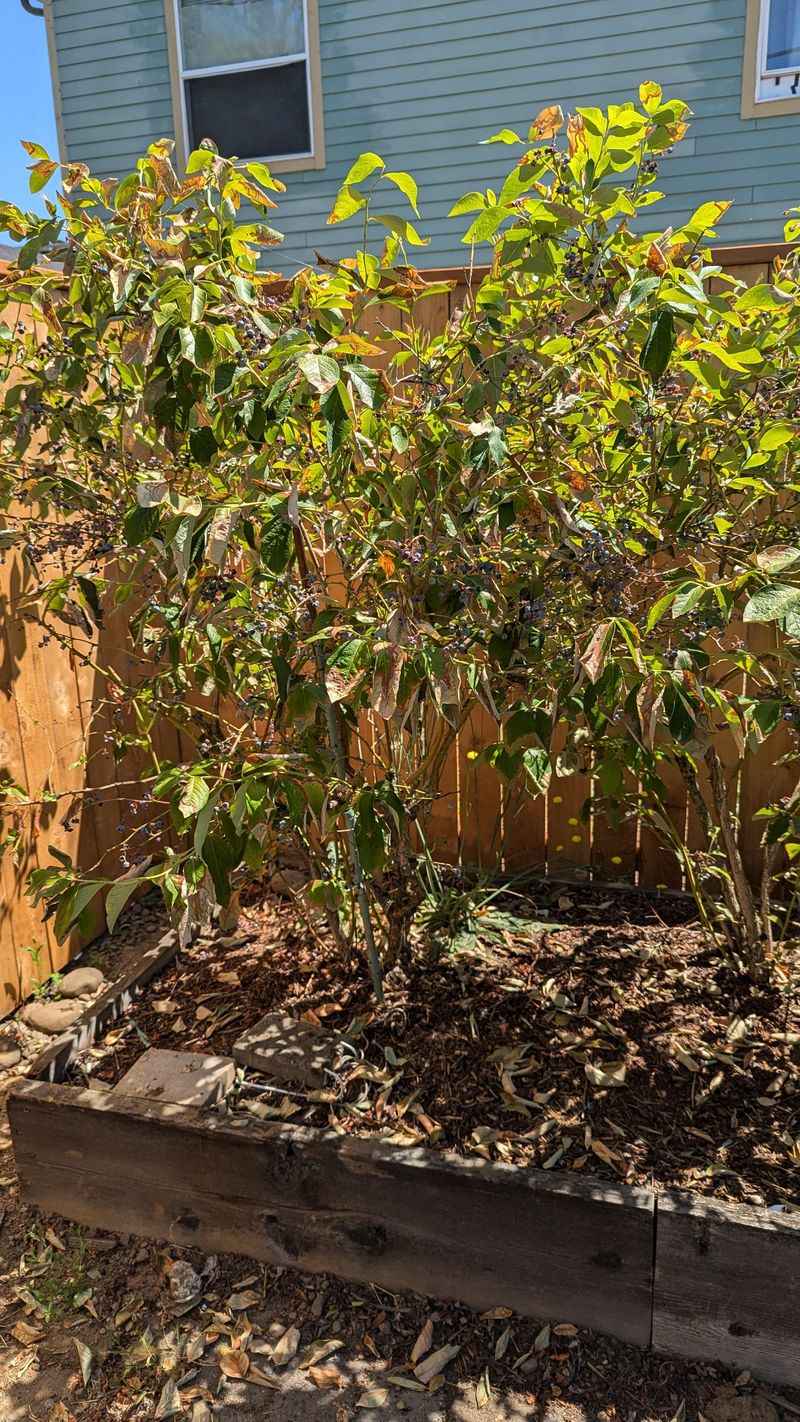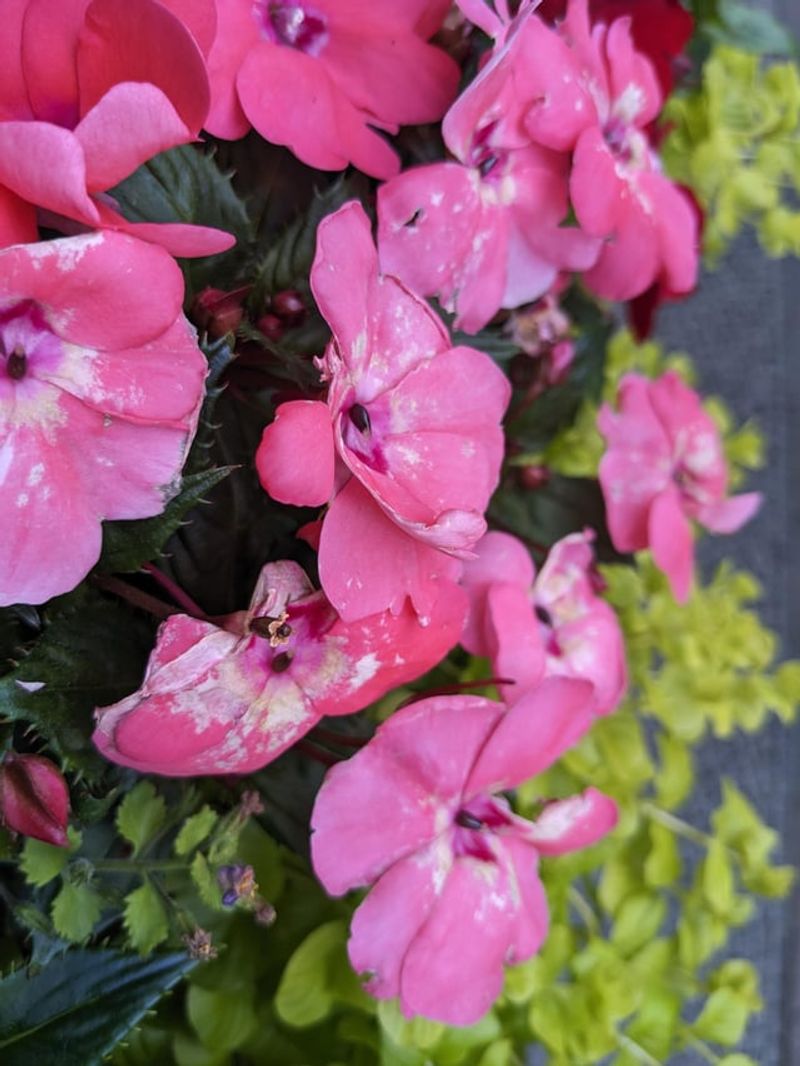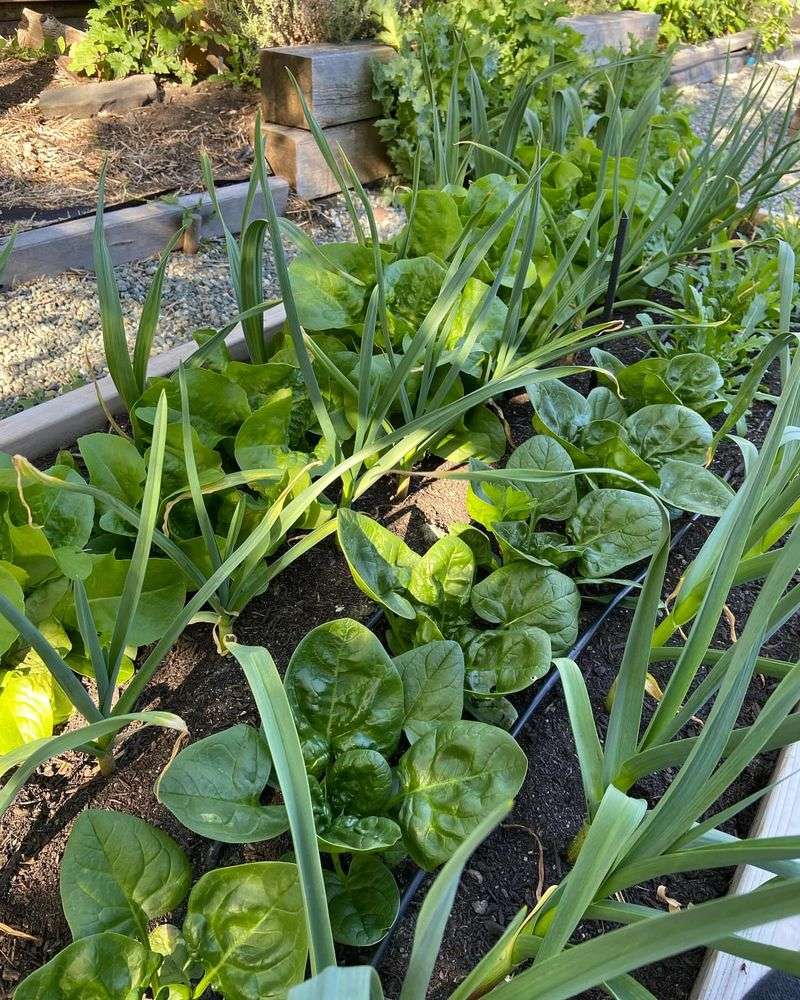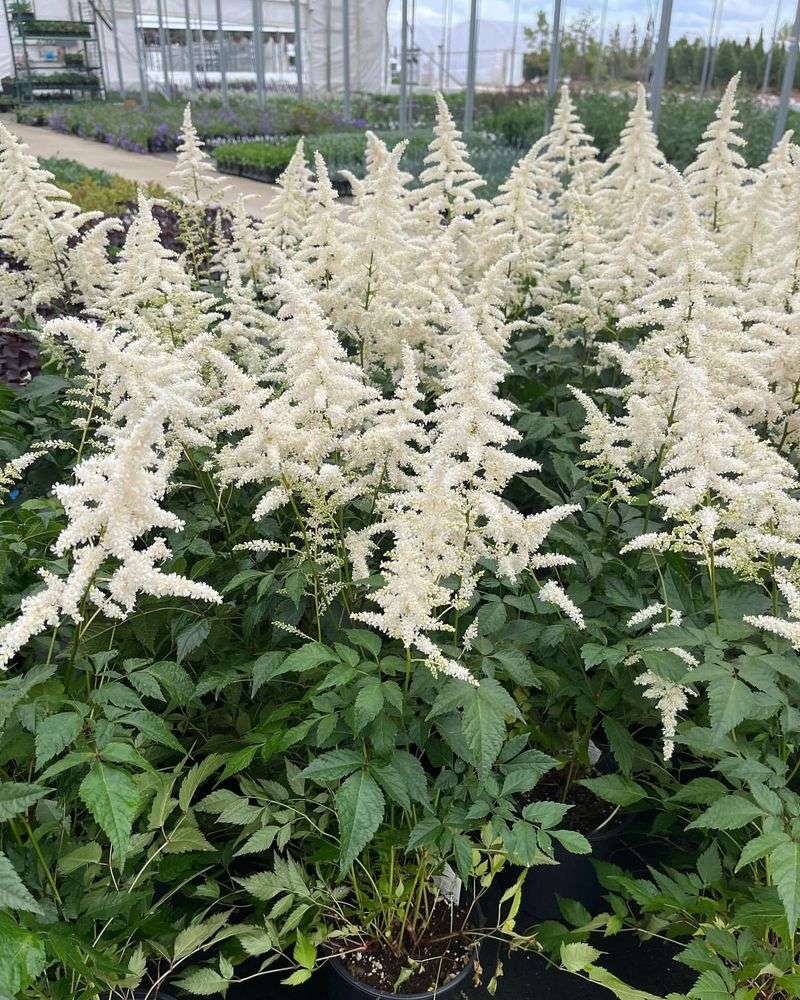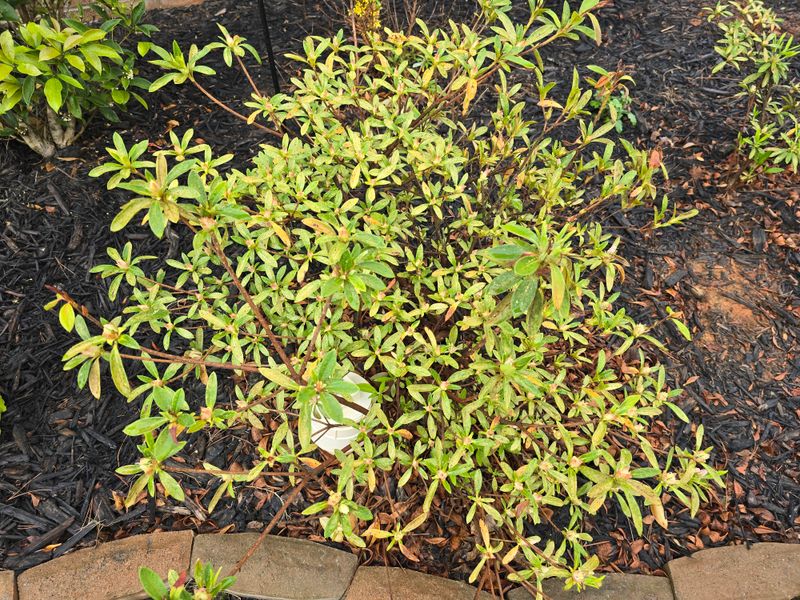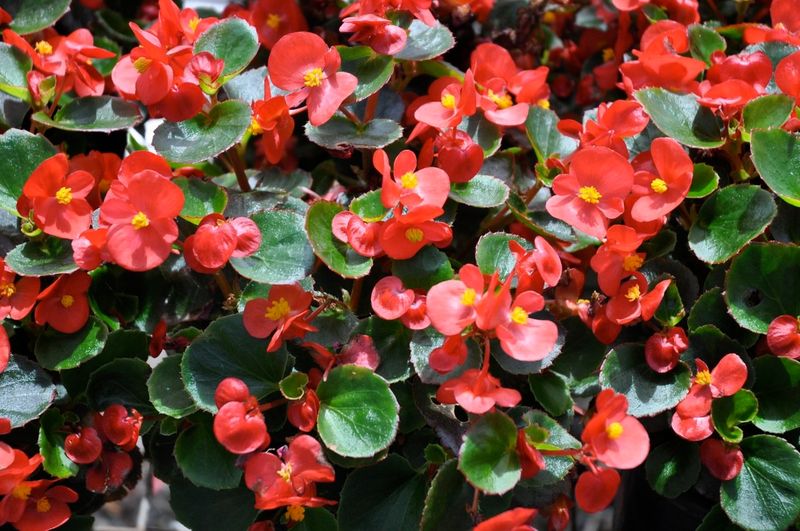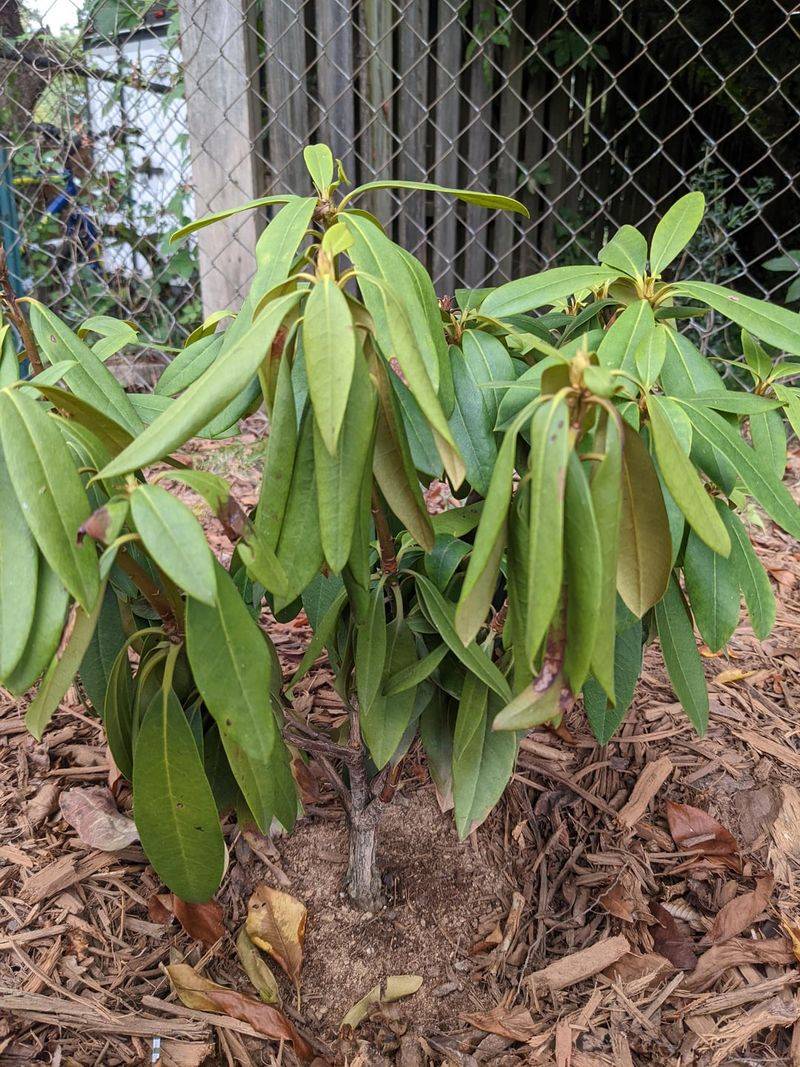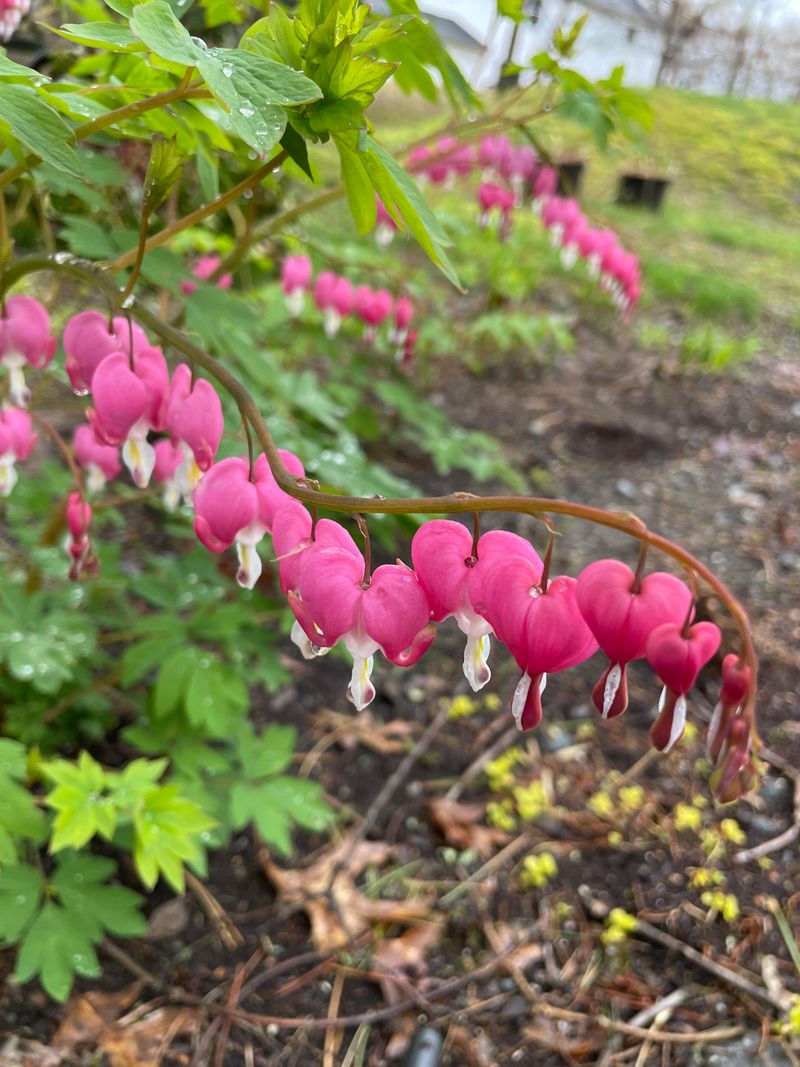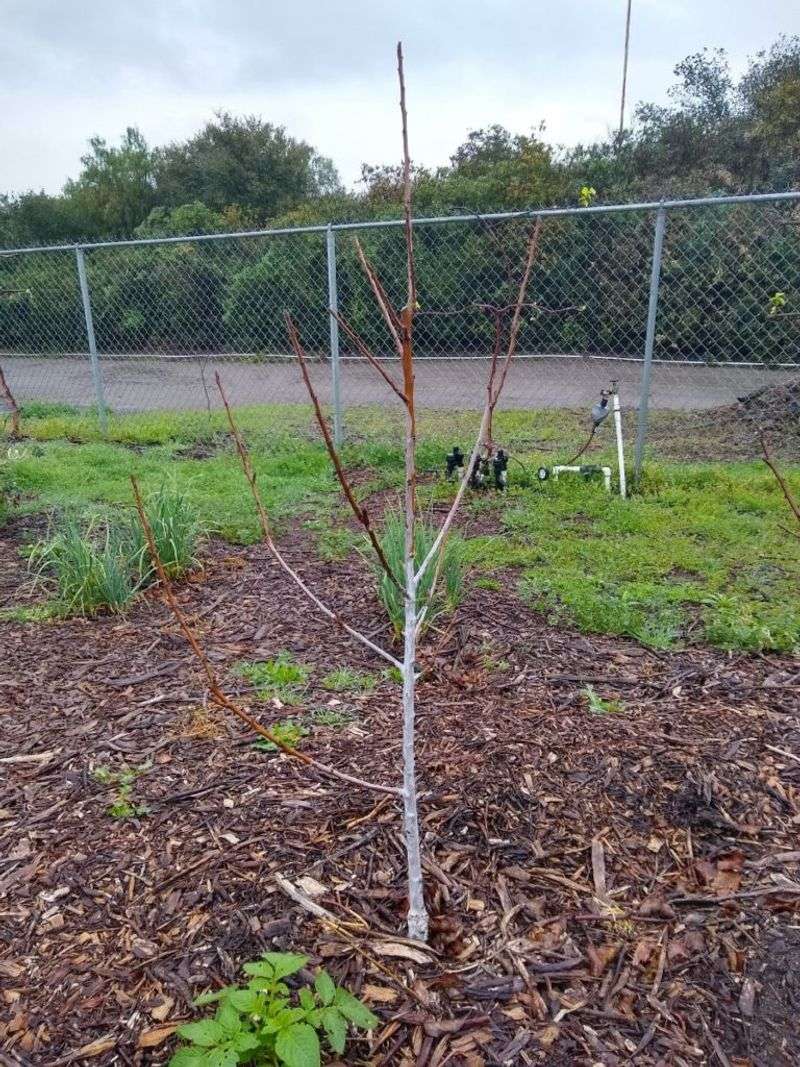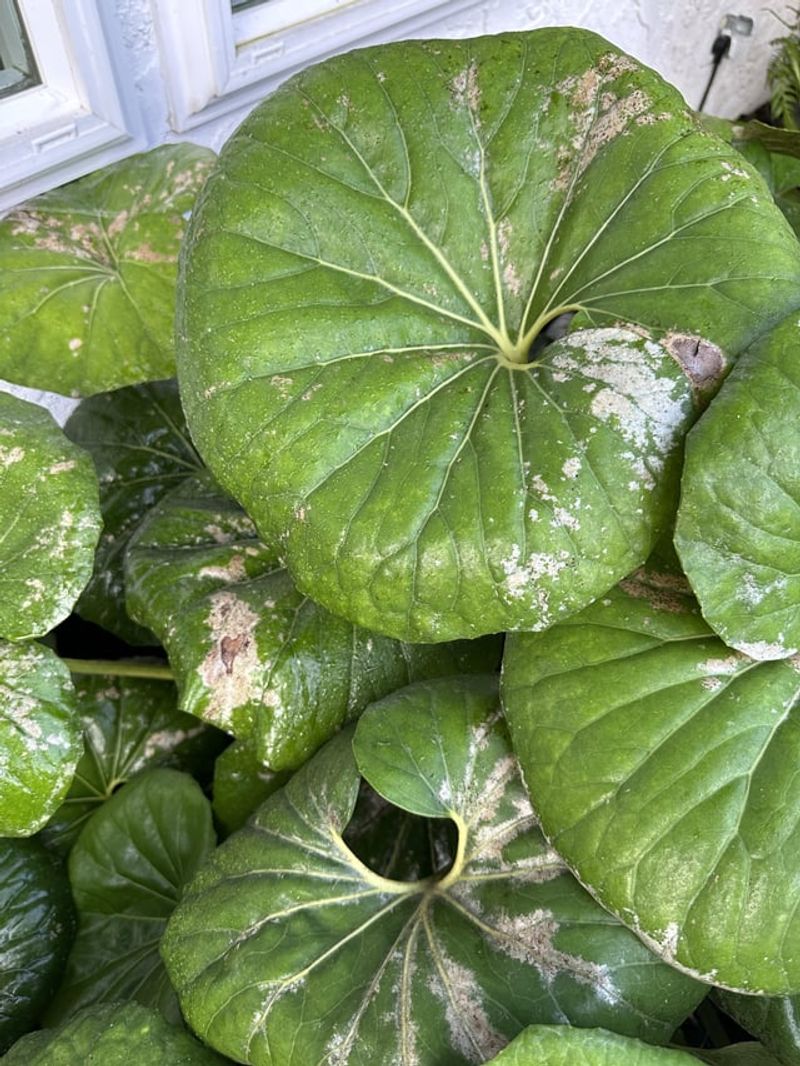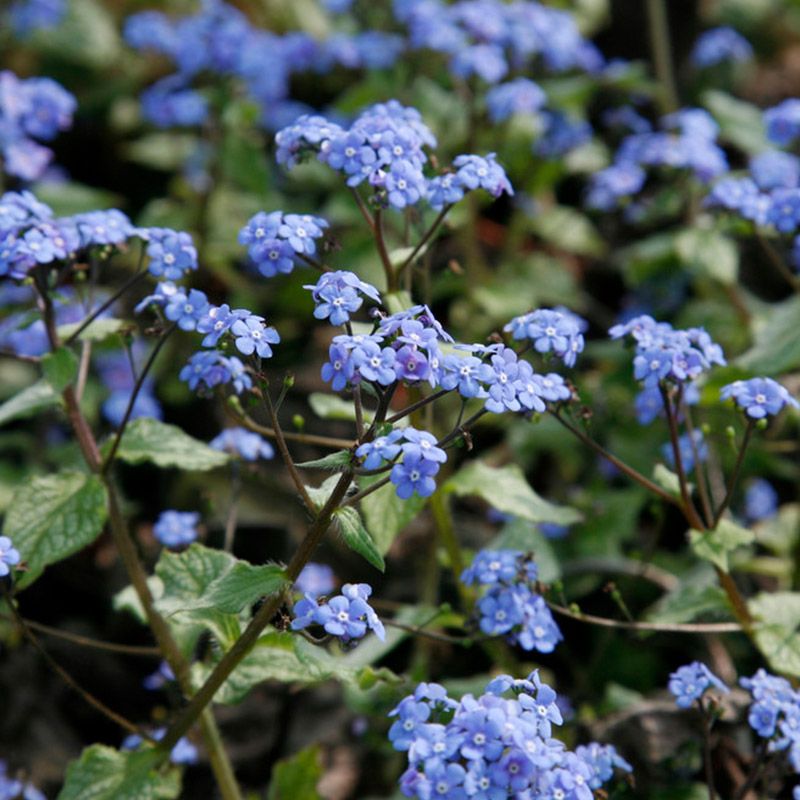August can be brutal on garden plants. When temperatures soar and the sun beats down relentlessly, even established greenery can suffer from the equivalent of a nasty sunburn. The scorched leaves, withered stems, and stressed roots are all signs that your plants are crying out for relief.
Where I garden, August brings the kind of dry heat that can fry delicate leaves before noon. I’ve learned through painful experience that certain plants simply can’t handle direct sunlight during this peak summer month without some intervention.
Knowing which plants are most vulnerable to August’s intense rays can help you take preventive measures. A bit of afternoon shade, extra watering, or temporary protection might be all that’s needed to keep your garden looking its best until the cooler days of fall arrive.
1. Hydrangeas
Those gorgeous blooms can quickly turn crispy around the edges when August heat intensifies. The broad leaves act like solar panels, absorbing more heat than they can handle.
I lost three hydrangea bushes last summer before realizing they needed afternoon protection. Try using shade cloth or relocating potted hydrangeas to a spot that gets morning sun but afternoon shade.
2. Japanese Maples
Despite their reputation as shade-lovers, many homeowners plant these ornamental trees in full sun. Their delicate, lacy leaves can’t withstand August’s intensity and often develop brown, crispy edges.
Young trees are especially vulnerable. Create temporary shade using burlap screens or plant them where buildings provide natural afternoon protection during summer’s hottest month.
3. Coral Bells (Heuchera)
The colorful foliage that makes these perennials so popular also makes them prime targets for sunburn. The darker varieties like ‘Palace Purple’ absorb more heat and show damage faster than their green counterparts.
Morning sun is fine, but these beauties need protection by midday. I’ve had success growing them under deciduous trees that provide dappled shade during summer’s peak.
4. Hosta Plants
Known as shade garden champions, hostas simply weren’t built for intense sunlight. Their broad, often variegated leaves quickly develop unsightly brown patches when exposed to August heat.
Water stress compounds the problem. Keep soil consistently moist and consider using shade cloth during heat waves to prevent irreversible damage to these otherwise hardy perennials.
5. Container Vegetables
Potted tomatoes, peppers, and cucumbers face a double threat in August. The containers heat up quickly, cooking roots while the leaves get scorched from above.
Smaller soil volume means faster drying. Water twice daily during heat waves and consider moving containers to areas with afternoon shade to prevent yield loss and plant stress.
6. Newly Planted Shrubs
That azalea or boxwood you just added to the landscape hasn’t established a deep root system yet. Without extensive roots to pull up moisture, new plants dehydrate quickly and show leaf scorch.
The first August is critical for survival. Create temporary shade with umbrellas or shade cloth, and water deeply every other day rather than frequent shallow watering.
7. Impatiens
These popular bedding plants earned their name honestly – they’re truly impatient for relief from direct sun. The thin leaves quickly develop bleached spots that turn brown and crispy in August heat.
Even morning sun can be too much during extreme heat waves. For container impatiens, simply move them to a porch or under a tree until temperatures moderate.
8. Leafy Greens
Lettuce, spinach, and other salad greens bolt and turn bitter when August temperatures climb. The tender leaves literally cook in direct sunlight, developing an unpleasant taste.
My solution is shade cloth suspended about 12 inches above the plants. This simple trick has extended my growing season by weeks, allowing harvests well into late summer without the typical bitterness.
9. Astilbe
The feathery plumes that make astilbe so attractive also make it vulnerable to August’s harsh conditions. Without adequate moisture, the foliage quickly browns at the edges and flowers shrivel prematurely.
These woodland natives prefer conditions similar to their natural habitat. Apply a thick layer of mulch to retain soil moisture and ensure they’re planted where they receive only gentle morning sunlight.
10. Ferns
Woodland ferns have delicate fronds that evolved for life on the forest floor. The filtered light of their natural habitat doesn’t prepare them for August’s direct sunlight.
Fronds quickly develop yellow or brown patches when exposed. Last summer, I rescued several by creating a temporary canopy of old window screens, which reduced light intensity without eliminating it completely.
11. Caladiums
The paper-thin, colorful leaves that make caladiums so decorative are easily damaged by intense sunlight. The edges curl and turn brown while the vibrant colors fade to a disappointing shadow of their former glory.
Even varieties labeled as ‘sun-tolerant’ struggle in August. Moving container specimens to the porch or under trees can preserve their beauty until autumn arrives.
12. Coleus
Modern coleus varieties claim sun tolerance, but August puts that to the test. The brilliantly colored foliage that makes these plants popular can quickly fade and develop crispy brown edges in extreme heat.
Water stress intensifies the damage. I’ve found that moving potted coleus to eastern exposures in August helps maintain their vibrant colors while protecting them from the harshest afternoon rays.
13. Azaleas
Many gardeners don’t realize these spring-blooming shrubs need protection from summer’s intensity. The glossy leaves can develop yellow chlorotic patches that signal sun stress and inadequate moisture.
Established plants may survive but look unsightly. Temporary burlap screens during the hottest weeks can prevent damage without disrupting the garden’s appearance for the entire season.
14. Begonias
Whether grown for flowers or fancy foliage, begonias suffer quickly in August’s harsh conditions. The succulent stems and thin leaves lose moisture faster than the plants can replace it.
Even with regular watering, direct sunlight causes irreversible damage. After losing several plants last year, I now move all my container begonias to my covered patio during August, returning them to their usual spots once temperatures moderate.
15. Rhododendrons
These woodland shrubs develop alarming symptoms when August heat intensifies. The leaves curl downward and take on a stressed appearance that many gardeners misinterpret as disease or pest damage.
In reality, it’s the plant’s attempt to reduce surface area exposed to sun. Provide temporary shade and deep watering to help established plants weather the month without permanent damage.
16. Bleeding Hearts
By August, these spring bloomers should be entering dormancy naturally. Excessive heat and sun exposure can force premature dormancy, robbing the plant of time to store energy for next year’s growth.
The delicate ferny foliage quickly turns yellow when stressed. A thick layer of mulch helps keep roots cool, while companion planting with taller perennials provides natural shade during summer’s end.
17. Young Fruit Trees
Newly planted apple, peach, and cherry trees haven’t developed thick protective bark yet. The tender trunks can develop sunscald – literally sunburn on the bark – that creates entry points for disease and pests.
Protect young trees by wrapping trunks with special tree wrap or even painting them with diluted white latex paint. This reflects sunlight and prevents the devastating bark damage that can kill a young tree.
18. Ligularia
The massive leaves of ligularia (Leopard Plant) make a dramatic statement in shade gardens but turn into sad, wilted messes in August sun. Even with constant moisture, the broad leaf surface loses water faster than roots can replace it.
I’ve watched healthy specimens collapse by midday when temperatures climb above 85°F. Temporary shade structures are essential if your plants receive more than morning sunlight.
19. Brunnera
The silver-veined heart-shaped leaves that make Brunnera (Siberian bugloss) so attractive quickly develop brown, crispy patches in August heat. The delicate leaf structure simply can’t withstand intense direct sunlight.
Morning sun is generally safe, but protection from midday onwards is crucial. Plant them where trees or buildings cast afternoon shadows to maintain their ornamental appeal throughout the growing season.

